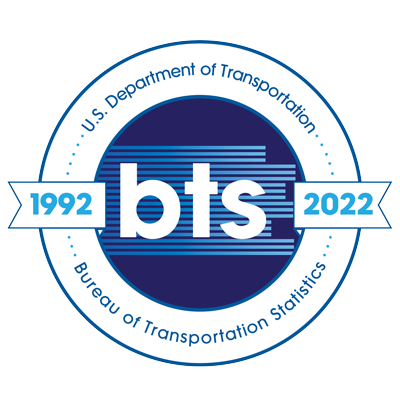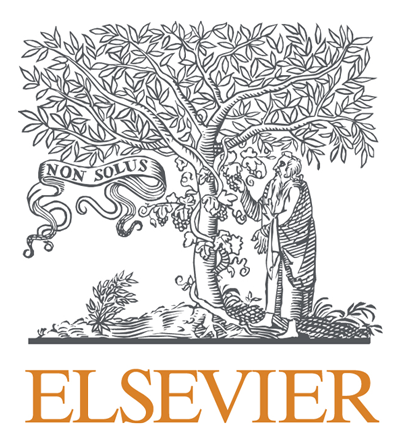A Textual Analysis of Racial and Ethnic Narratives in Texas Official Historical Markers
Topics:
Keywords: commemoration, corpus linguistics, historical marker, GIS, identity
Abstract Type: Paper Abstract
Authors:
Yusik Choi, Texas State University
,
,
,
,
,
,
,
,
,
Abstract
The commemoration in the United States has been deeply related to racial and ethnic issues. The text metaphor and interdisciplinary studies helped geographers understand where commemorative texts were located and how they described each race and ethnicity group. Given that the lack of systematic reading led to the arbitrary selection of keywords, this study employed the methods of corpus linguistics and examined the complete inscription of the Texas Official Historical Markers. The first half of the study began with textual analysis, using quantitative summaries of the entire text. The linguistic tool WMatrix filtered the most frequently mentioned five identity words: “indian,” “mexican,” “german,” “african,” and “spanish.” The statistical software SaTScan revealed spatiotemporal clustering of identity words and their general coherence with the population pattern. In the latter half of the study, a discourse analysis utilized collocate lists of WMatrix in which qualitative semantics represent positive, negative, or neutral sentiment. The “indian” and “mexican” cases were noteworthy considering their frequent usage and hostile narrative during the early period. Over time, the old derogatory text gradually changed to more neutral and peaceful terms. The marker program’s administrator also recently set up a policy that conforms to the broader trend in the United States, looking for reconciliation and reevaluation for social minorities. The new commemorative patterns must pursue a narrative embracing all races and ethnicities, preventing another textual backlash to the old perpetrators.
A Textual Analysis of Racial and Ethnic Narratives in Texas Official Historical Markers
Category
Paper Abstract








